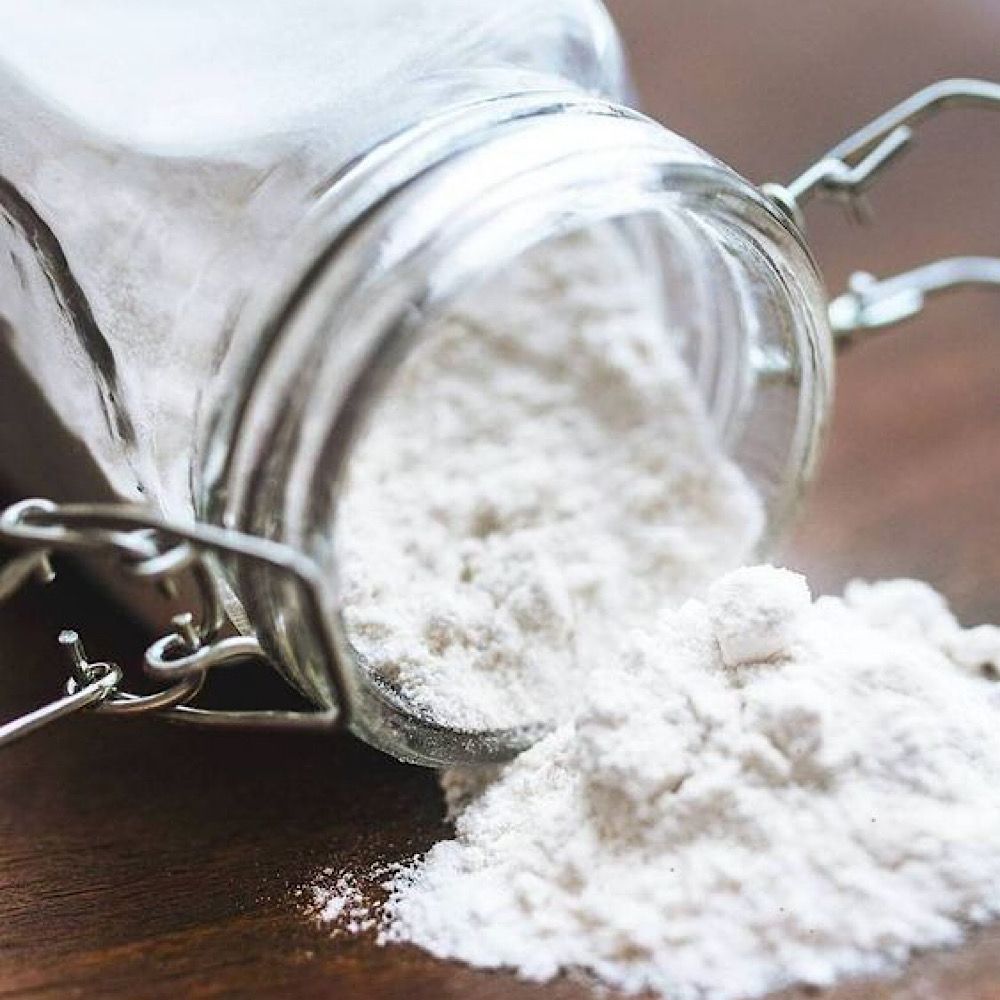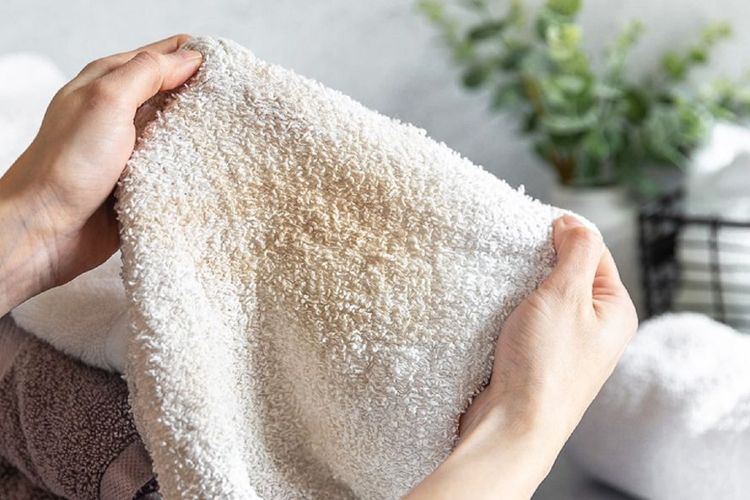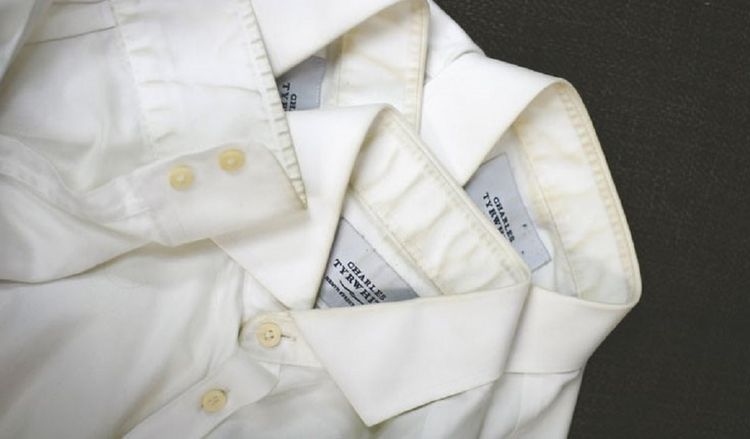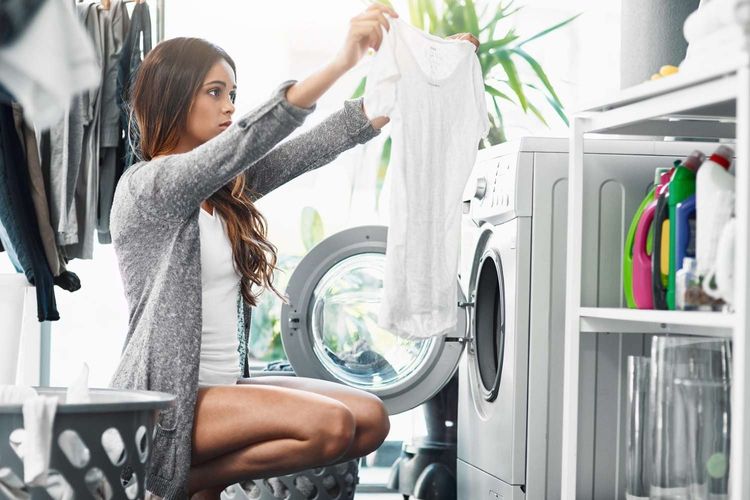How To Whiten Pillow Cases Without Bleach?

Are you tired of using harsh chemicals like bleach to whiten your pillowcases?
Not only can bleach damage the fabric, but it can also irritate sensitive skin and even pose health risks when misused.
But fear not! Plenty of natural and safe ways to whiten your pillowcases without using bleach. Let us explore some of the best methods for getting your pillowcases looking bright and fresh again, without compromising the quality of the fabric or putting your health at risk.
So, if you're ready to learn how to whiten pillowcases without bleach, keep reading!
1. Baking Soda and Vinegar Method.

The baking soda and vinegar method is a safe and efficient way to remove stains and brighten your pillows.
Baking soda, also known as sodium bicarbonate, is mildly alkaline and can eliminate stains and odors.
White vinegar, on the other hand, is acidic and can help dissolve dirt and grime.
To try this method, all you need is your pillows, washing machine, and half a cup of white vinegar and baking soda.
Mix the baking soda and vinegar in a dish or measuring cup, and expect some fizzing and popping. Then, add your pillowcases to the washing machine along with the mixture, and start a regular cycle with your regular detergent. Choose a cycle that is suitable for the material of your pillows。
After the cycle is complete, remove the pillowcases from the washer and air-dry them outside, if possible. The sun can naturally sanitize and bleach the fabric, leaving it bright and fresh.
2. Hydrogen Peroxide Method.

Hydrogen peroxide breaks down into water and oxygen when it interacts with stains or discolored fabrics, creating bubbles that lift dirt and grime to the surface. This method can whiten your pillowcases without causing any damage to the fabric.
Additionally, the antibacterial and antifungal properties of hydrogen peroxide, combined with its bleaching capabilities, make it an excellent option for disinfecting and cleaning your pillows without harsh chemical cleaners that can harm the environment and irritate the skin.
It's important to use hydrogen peroxide with caution, especially on colored fabrics. Always test a small, inconspicuous area of your pillowcase before applying it to the entire item, as it may bleach or alter the color of some dyes.
When handling hydrogen peroxide, follow the instructions on the bottle and wear gloves to protect your skin.
3. Lemon Juice and Salt Method.

Citric acid, which is found in lemon juice, can effectively remove stains and brighten fabrics, while salt acts as a natural abrasive to eliminate dirt and grime.
To whiten your pillowcases without bleach, you will need your pillowcases, lemon juice, salt, water, and a bowl or container.
Begin by combining equal parts of lemon juice and salt in a bowl or container and stirring until the salt is completely dissolved. Next, add enough water to create a paste. Apply the paste onto any stains or discolorations on your pillowcases using a scrub brush or cloth and let it dry for at least 30 minutes. Afterward, rinse the paste off with cold water and wash the pillowcases in your washing machine using your regular detergent and a typical cycle.
When the cycle is finished, take the pillowcases out of the washer and allow them to air dry.
4. Oxygen Bleach Method.

The natural and non-toxic substance known as oxygen bleach, or sodium percarbonate, can help your pillowcases look spotless and vibrant.
When mixed with water, it releases oxygen that can break down stains, dirt, and grime. To use this method, add the appropriate dosage of oxygen bleach to your washing machine along with your pillowcases. Run the machine on a regular cycle, using your usual detergent and selecting a cycle suitable for the material of your pillows.
This method is safe for most fabrics, including cotton, linen, and synthetic blends, and it doesn't release harmful chemicals into the water system, making it an environmentally friendly choice.
5. Borax Method.

For many years, people have used the naturally occurring mineral called borax, or sodium borate, for cleaning. Its potent alkaline properties can help remove stains and dirt, leaving your pillowcases clean and bright.
Consult the box to determine how much borax to use, and then add it to the washing machine with your pillowcases. Borax is a versatile cleaning product that can safely and effectively whiten your white pillowcases. In addition to its whitening properties, borax also works as a natural deodorizer, removing any unpleasant odors from your pillowcases.
It is important to remember that borax is a strong cleaning agent and should be used with caution. Always read the instructions on the package and wear gloves to protect your skin when handling borax.
" What Are The Additional Tips To Keep My White Pillow Cases Deep Clean? "

1. Wash Them Separately.
Wash your white pillowcases separately from other items to avoid any dye transfer.
2. Washing With Hot Water Rather Than Cold Water.
Check the care label on your pillowcases to ensure they can withstand hot water, as it is more effective than cold water at removing stains and dirt.
3. Hang Them Under The Sun.
Hang your pillowcases in the sun to naturally bleach and spot-treat them. If possible, hang them outside to dry in the sunlight.
4. Avoid Using Too Much Detergent.
Use the recommended amount of detergent when washing your pillowcases to avoid leaving a residue that can make them appear dull and dirty.
With these simple and natural methods, you can keep your pillowcases looking fresh, bright, and free of stains. Not only are these methods effective, but they are also environmentally friendly and gentle on your skin.
Sleep well on your clean, cozy bedding!


